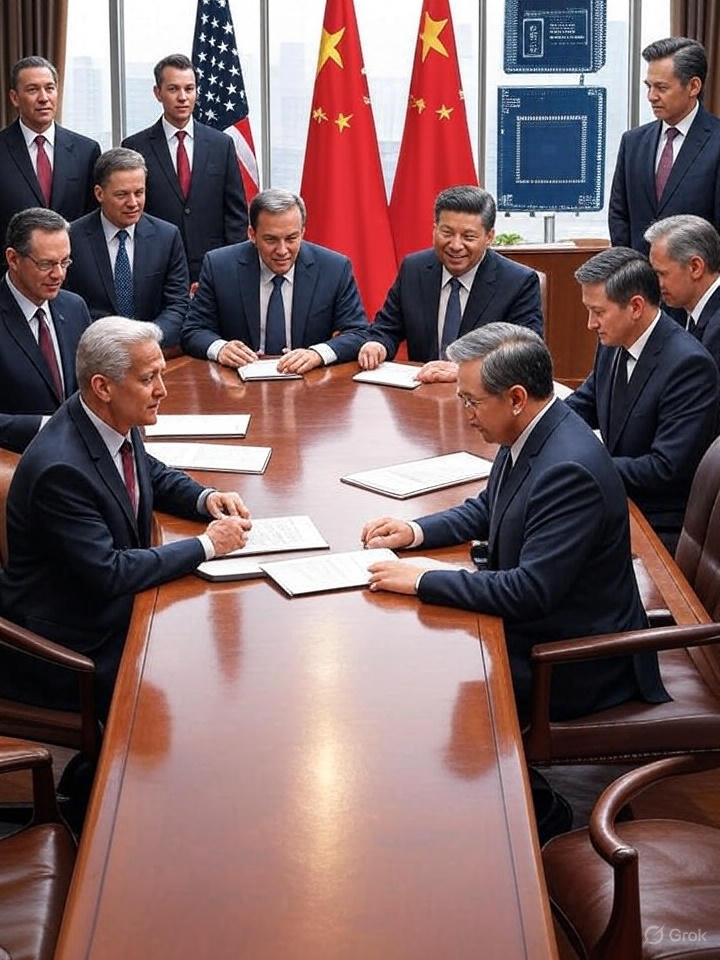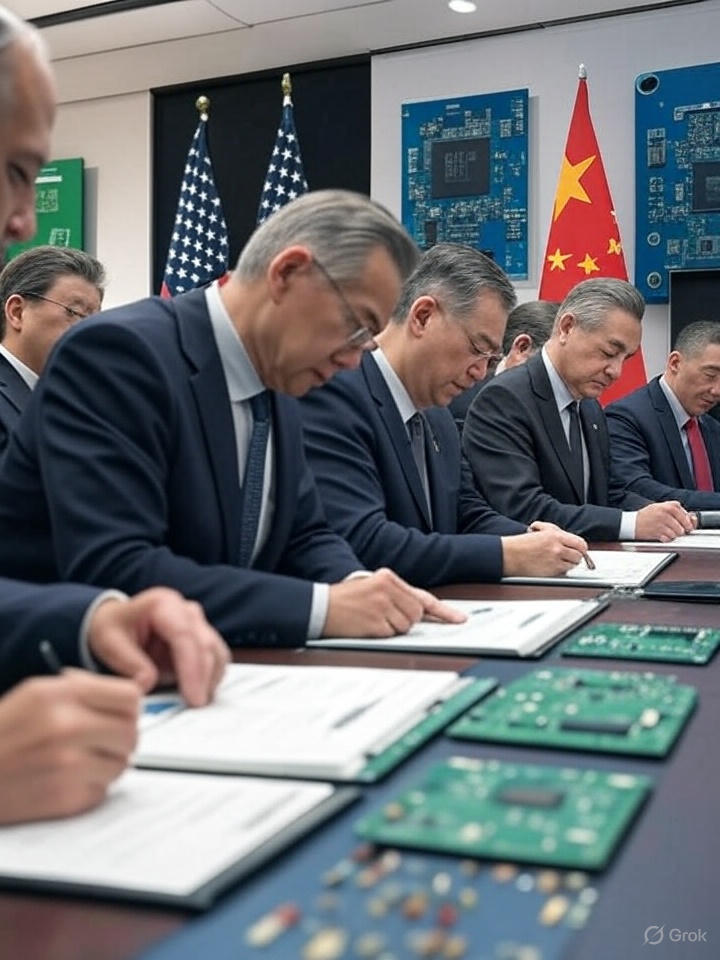What Happened
The U.S. government has rescinded export restrictions on advanced chip software to China—a move reported by CNBC and later confirmed by major suppliers including Synopsys, Cadence, and Siemens (policemc.gov.bh). This policy reversal allows these companies to resume sales and support for Chinese clients without requiring export licenses, marking a significant shift in the tech export landscape.
Simultaneously, Beijing agreed to ease rare-earth restrictions, signaling a temporary trade truce between Washington and Beijing (Business Standard).
Why It Matters
- Global EDA dominance: Together, Synopsys, Cadence, and Siemens control over 70 % of the EDA market in China. Lifting restrictions restores access to critical infrastructure used by Chinese chipmakers (The Straits Times).
- Business impact: Synopsys halted China sales in May and suspended part of its business forecast. Their stock rose ~5 %, and Cadence similarly jumped over 5 % on the news (Benzinga).
Strategic Context
- Trade détente: The rollback is part of a negotiated framework in which the U.S. agreed to restore exports of EDA software and petrochemical ethane, while China eased rare-earth export constraints (Business Standard).
- Supply chain stabilization: U.S. officials intended to calm the semiconductor supply chain, previously disrupted by tit-for-tat trade actions dating to 2022 (Wikipedia).

Implications for Industry
- Chinese chip development restored: With EDA tools unlocked, China resumes designing cutting-edge chips for smartphones, AI, automotive, and defense (WRAL.com).
- Market repositioning: Chinese firms may accelerate efforts to build domestic EDA capabilities but currently continue relying on U.S. software (Yahoo Finance).
- U.S.–China tech diplomacy: This easing reflects high-stakes negotiations where export controls and rare-earth minerals are used as leverage (Business Standard).
Corporate Effects
- Synopsys: Confirmed it received the rescinding notice from the U.S. Bureau of Industry and Security; working to reinstate China operations within “three business days” (Business Standard).
- Cadence & Siemens: Also restarted sales in China, releasing formal announcements following U.S. notification (Business Standard).
- Stock reaction: Synopsys (+4.9 %), Cadence (+5.1 %), Siemens (+1.7 %) saw notable gains in response (MarketWatch).
Broader Ripple Effects
- India Alerts: India has expressed concerns that China could leverage this advantage, prompting efforts to boost domestic chip-design infrastructure (Yahoo Finance).
- Ongoing vulnerabilities: Experts warn that China’s ability to replicate or replace dependency on U.S. tools could weaken long-term leverage from export restrictions (TechGig).
What Comes Next
- Monitor trade truce durability: Will both sides uphold rare-earth and EDA commitments?
- Track domestic EDA progress: Will China invest heavily in homegrown design tools?
- Evaluate geopolitical ripple effects: How will U.S. supply chain and national-security strategies evolve?
Bottom Line
The temporary lifting of chip-software export restrictions represents a measured thaw in U.S.–China tech tensions, offering short-term relief to global semiconductor players. While it allows Synopsys, Cadence, and Siemens to resume Chinese operations, long-term strategic ramifications remain uncertain. This move recalibrates competitive dynamics, technology autonomy, and global chip supply resilience.

